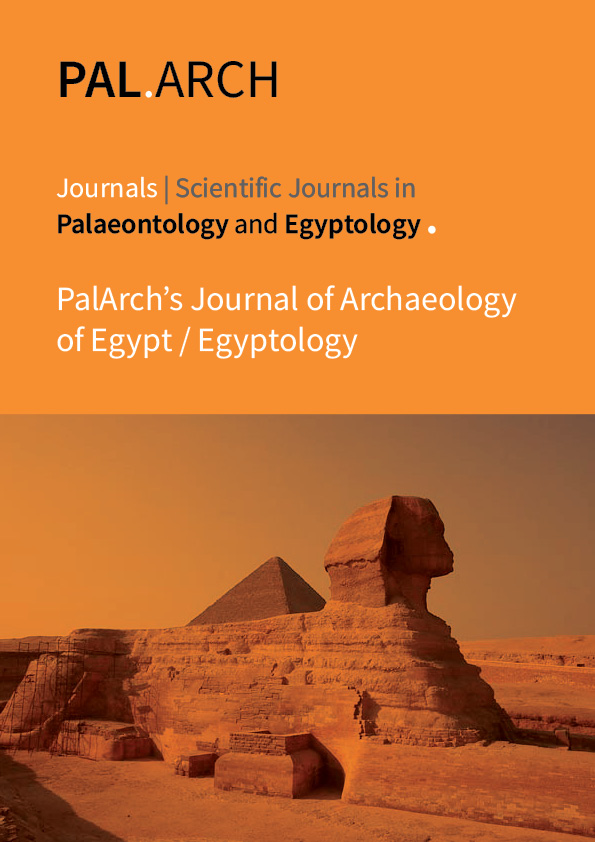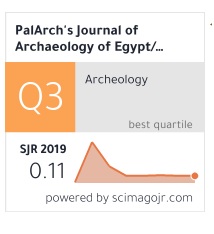Analysis of the Reality of The Fixed Exchange Rate System and Economic Growth in Iraq After 2003
Abstract
The structural imbalance is one of the most critical challenges the Iraqi economy has faced and continues to suffer for many reasons, including the political and economic system's inefficiency in managing financial resources. Whether natural or human or mismanagement toward goals that would maximize social and economic benefits dynamically and sustainably. The weak contribution of the industrial and agricultural sector to the formation of gross domestic product and the limitation of the role of the industrial sector in the production of consumer goods dependent on the international market to meet their intermediate and capital needs. Consistency of oil sector economic activity. After the events of 2003, Iraq's Central Bank gained independence following Law 56 of 2004, as this year is a fundamental and fundamental shift in monetary policy, coinciding with Iraq's return to the international market after lifting the economic blockade and issuing a new national currency. In its Global specifications, it is comparable to other currencies, as the bank started implementing the currency sales window as a tool for exchange rate stability. However, the exchange system type and arrangements currently raise controversy for everyone. Is it a fixed or floating exchange system between these cases? There were many views on this issue, and monetary policymakers in the Iraqi Central saw that the exchange system used was a floating system. Still, other studies indicated that Iraq's exchange rate system is stable and very stable.



